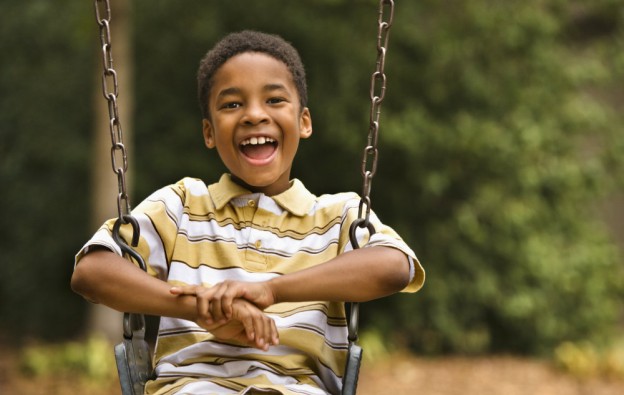
Humor, Resources
What’s So Funny? Helping Children with Autism Develop the Sixth Sense
Summer is arriving, and for many of us, it means chilling out a little, having a more relaxed routine and mindset, and maybe even taking on new projects or visiting new locales. But for many children with Autism, a change in schedule and routine can trigger a tantrum due to disorientation to person/place/time and an underdeveloped Theory of Mind. This can lead to difficulty with transitioning, resiliency, and problem solving; all of which are needed for social communication proficiency. That’s why addressing humor development is a crucial component of any social skills treatment plan. That’s why making sure that a child with Autism understands how “the world works” is an important prerequisite skill for problem solving; the essence of adaptability and turning Me into We. Children learn best when there is a developmental, methodical, and balanced introduction of toys and tech to learn target vocabulary/concepts needed for today’s 21st century student. That means finding ways to creatively, repetitively, and sequentially introduce new and unfamiliar materials and “teachable moments” using humor, the “glue” that helps the message “stick”. For more insights into humor, click here.2 Components of Humor
Humor is made up of two components: physical and linguistic. Developmentally, physical humor emerges together with gross motor development and the child's ability to attend/track and imitate movements of those around him. This includes a social smile and spontaneous laughter as a result of being tickled and/or shown a funny face.Physical Humor
The emergence of physical humor is contingent on the child's development of body awareness and emotional attunement, which is facilitated through early play. Physical humor helps the child make sense of his environment and his place in it, leading to increased orientation to person/place/time and overall resiliency, i.e. ability to transition.Linguistic Humor
Linguistic humor emerges when an intact temporal lobe can process incoming auditory stimuli, process the meanings behind the vocabulary, and reference it using past events stored in episodic memory, where sensory impressions and portions of the receptive lexicon are stored. “Getting” the joke often depends on previous knowledge of object function and categorization of the target vocabulary. Children who understand “the world works" are usually the ones making the joke and/or participating in other ones.The Sixth Sense
Children with Autism, who exhibit difficulty developing the “sixth sense”, the social sense, because of "social blindness" and an underdeveloped sense of humor, will frequently miss the point of humorous constructive criticism from adults, and miss the joke from a peer, resulting in social difficulty with others.What are the implications of "social blindness?"
These children often exhibit difficulty with knowing what to do and say in social situations, interpreting body language and utilizing eye contact appropriately, making and keeping friends, and problem-solving.So what can we do?
We can work on humor within the context of language lessons using play and mobile technology together. We should be working on social skills simultaneously! I prefer manipulatives and iPad Apps for my lessons, but a child’s learning style and preference, your time constraints and budget, and your location during the “teachable moment” will all determine what to use when!1. Review categorization tasks
Using both objects and photos so that the child can understand and explain what “goes together” or not, and why? Make sure to do both inclusion and exclusion tasks so that categorization gets mastered and generalized! I recommend:- Foam Objects Toy & An Old Cookie Sheet
- Question Sleuth iPad App by Zorten



